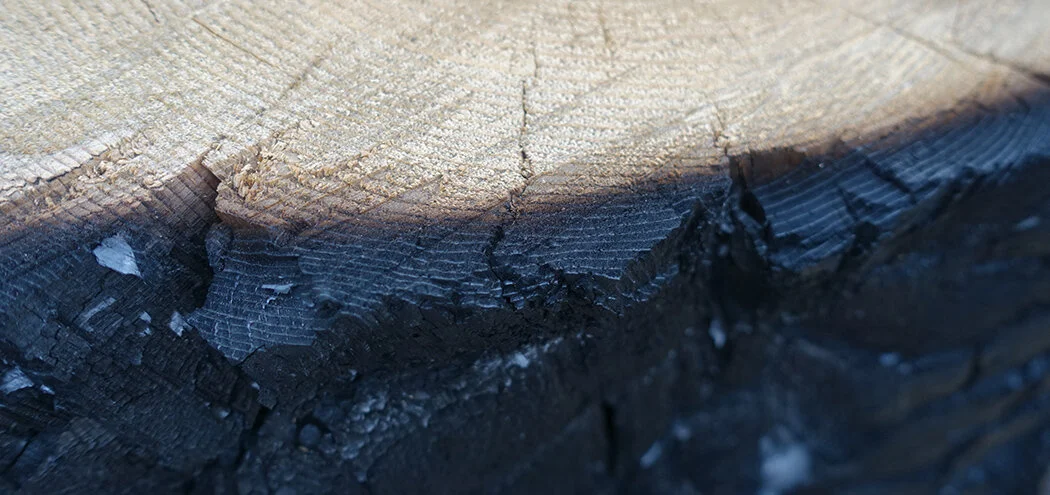Weaving from the Front vs. Back: Questions from The Art of Tapestry Weaving
Oh my but I get this question a lot. Should I weave from the front or the back? Or if you’re brand new to tapestry weaving, your question might be, WHAT??? What does that even mean, weaving from the front or from the back?
I’m spending some time addressing questions from readers of my book, The Art of Tapestry Weaving on the blog, and this is one I get not only from readers but from students in my workshops and online courses.
What does it mean to weave tapestry from the front or from the back?
I demonstrate this in the video below, but the short answer is that the side of the tapestry that will be showing when hung on the wall or used in some other manner, is the front. Tapestry is a one-sided fabric in almost all cases* and it is important to know which side of the weaving will be showing when it is displayed.




